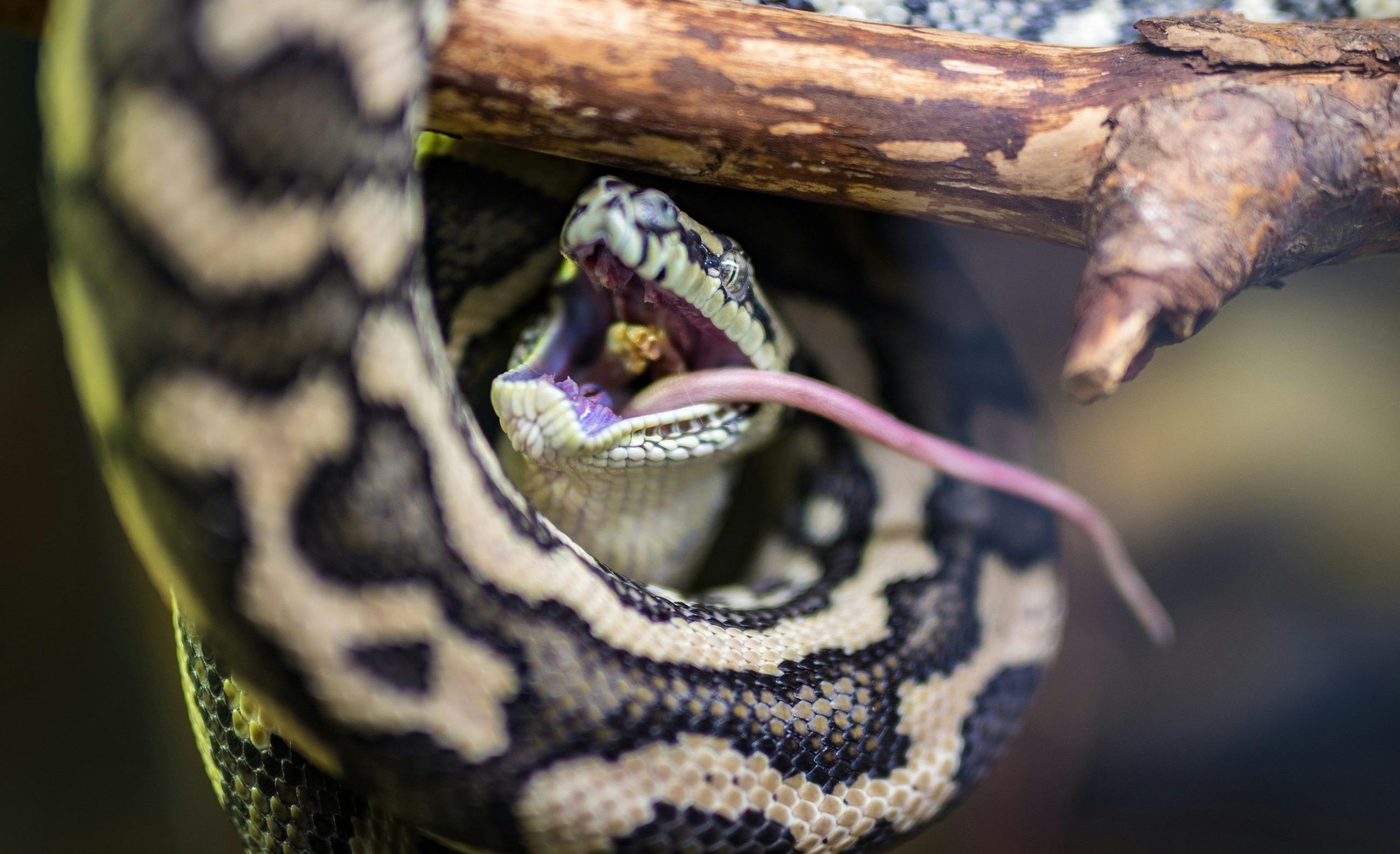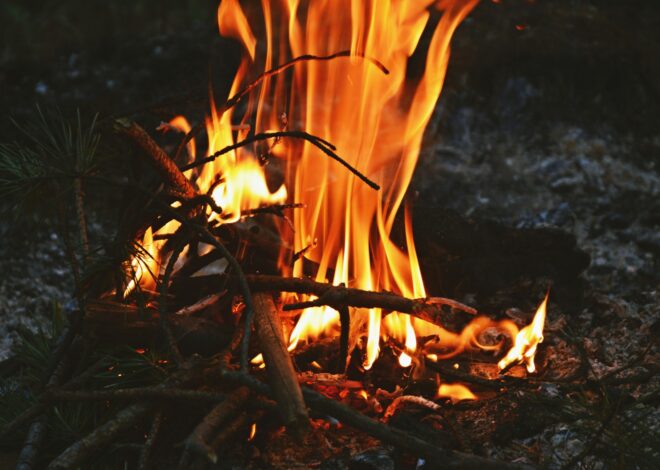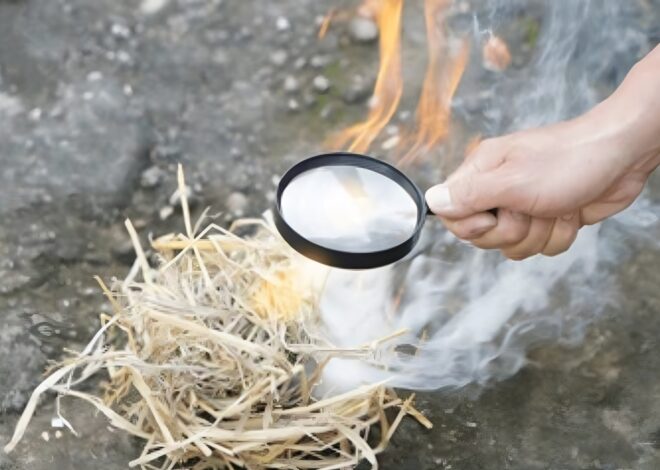
How To Survive A Snake Bite
Welcome to our comprehensive guide on how to survive a snake bite. Imagine you’re out enjoying a hike in the wilderness, surrounded by nature’s beauty. Suddenly, you feel a sharp pain on your leg – you’ve been bitten by a snake!
Knowing how to survive a snake bite could mean the difference between life and death in that moment of crisis. In this blog post, we’ll explore essential tips and information to help you stay safe and prepared when faced with this potentially dangerous situation.
Understanding the Types of Venomous Snakes in Your Area
When it comes to surviving a snake bite, knowledge is key. Understanding the types of venomous snakes that inhabit your area can be crucial in knowing how to react in case of an encounter.
Research the common venomous snakes native to your region and familiarize yourself with their markings and behaviors. Some species deliver neurotoxic venom, affecting the nervous system, while others have hemotoxic venom that impacts blood clotting.
In North America, for example, you may come across rattlesnakes, copperheads, or coral snakes. Each snake has its own distinct characteristics and level of danger when it comes to their bites.
Being able to identify these snakes from a safe distance can help you make informed decisions on how to avoid potential encounters while exploring the outdoors. Remember, prevention is always better than cure when it comes to dealing with venomous creatures in the wild landscape around you.
What to Do Immediately After Being Bitten
After being bitten by a snake, the first and most crucial step is to stay calm. Panicking can increase your heart rate and spread venom more quickly through your body.
The next immediate action is to wash the bite area with soap and water if available. This can help reduce the risk of infection.
It’s important not to try to suck out the venom or cut the wound as this can lead to further complications.
Keep the affected limb immobilized and at or below heart level. This helps slow down the spread of venom throughout your body.
Seek medical help as soon as possible. Call emergency services or get to a hospital for proper treatment from healthcare professionals who are trained in handling snake bites.
Remember, every case is different depending on factors like the type of snake, amount of venom injected, and individual health conditions. So always prioritize seeking professional medical assistance after a snake bite incident.
Myths and Misconceptions About Treating Snake Bites
When it comes to treating snake bites, there are several common myths and misconceptions that can be harmful if followed. One prevalent myth is the idea of cutting into the wound to suck out the venom. This method is not only ineffective but can also lead to further tissue damage and infection.
Another misconception is the belief that applying a tourniquet or constricting band above the bite will prevent the venom from spreading. In reality, this can do more harm than good by cutting off blood flow and causing additional tissue damage.
Some people may think that using ice packs or applying heat to the bite site can help neutralize the venom. However, these methods have not been proven effective in treating snake bites and can actually worsen symptoms.
It’s important to debunk these myths and focus on seeking medical help immediately after a snake bite. Remember, proper medical treatment is key in surviving a snake bite incident.
Essential Items to Keep in a First Aid Kit for Snake Bites
When venturing into snake territory, it’s crucial to have a well-equipped first aid kit on hand. In case of a snake bite emergency, having the right supplies can make all the difference in your survival.
First and foremost, ensure that your first aid kit contains sterile gauze pads and bandages to cover the wound. These will help prevent infection and keep the bite site clean as you seek medical help.
Additionally, include antiseptic wipes or alcohol pads to disinfect the area around the bite. This step is vital in reducing the risk of bacterial contamination.
A pair of tweezers should also be included to remove any debris or clothing from the wound without causing further damage. Remember never to try and suck out venom with your mouth – this can do more harm than good!
Don’t forget to pack a basic snakebite treatment guide or instructions in your kit. Knowing how to properly administer first aid while waiting for professional medical assistance could save precious time and potentially your life!
Tips for Preventing Snake Bites in the Outdoors
When venturing into the great outdoors, it’s essential to be aware of your surroundings and take precautions to prevent snake bites. One way to minimize the risk is by staying on designated trails and avoiding tall grass or dense vegetation where snakes may hide.
Wearing sturdy hiking boots and long pants can provide an extra layer of protection against potential snake encounters. Additionally, using a flashlight at night can help you spot any slithering dangers before getting too close.
Be cautious when reaching or stepping over logs, rocks, or other objects where snakes could be lurking. Remember that snakes are more active during warmer months, so remain vigilant in high-risk areas especially during peak seasons.
Educating yourself about the types of venomous snakes in your region can also help you recognize them from a safe distance. By being alert and prepared, you can enjoy outdoor adventures while minimizing the chances of a dangerous encounter with these fascinating creatures.
Conclusion: Staying Safe and Prepared in Case of a Snake Bite
Remember, being prepared and knowing how to handle a snake bite can make all the difference in an emergency situation. By understanding the types of venomous snakes in your area, knowing what to do immediately after being bitten, debunking common myths about treating snake bites, keeping essential items in a first aid kit, and following tips for preventing snake bites outdoors, you can increase your chances of survival.
Staying safe while enjoying the great outdoors means being aware of your surroundings and taking precautions to prevent encounters with snakes. With these insights and strategies at hand, you can venture into nature confidently and respond effectively if faced with a snake bite. Stay informed, stay prepared, and stay safe out there!



